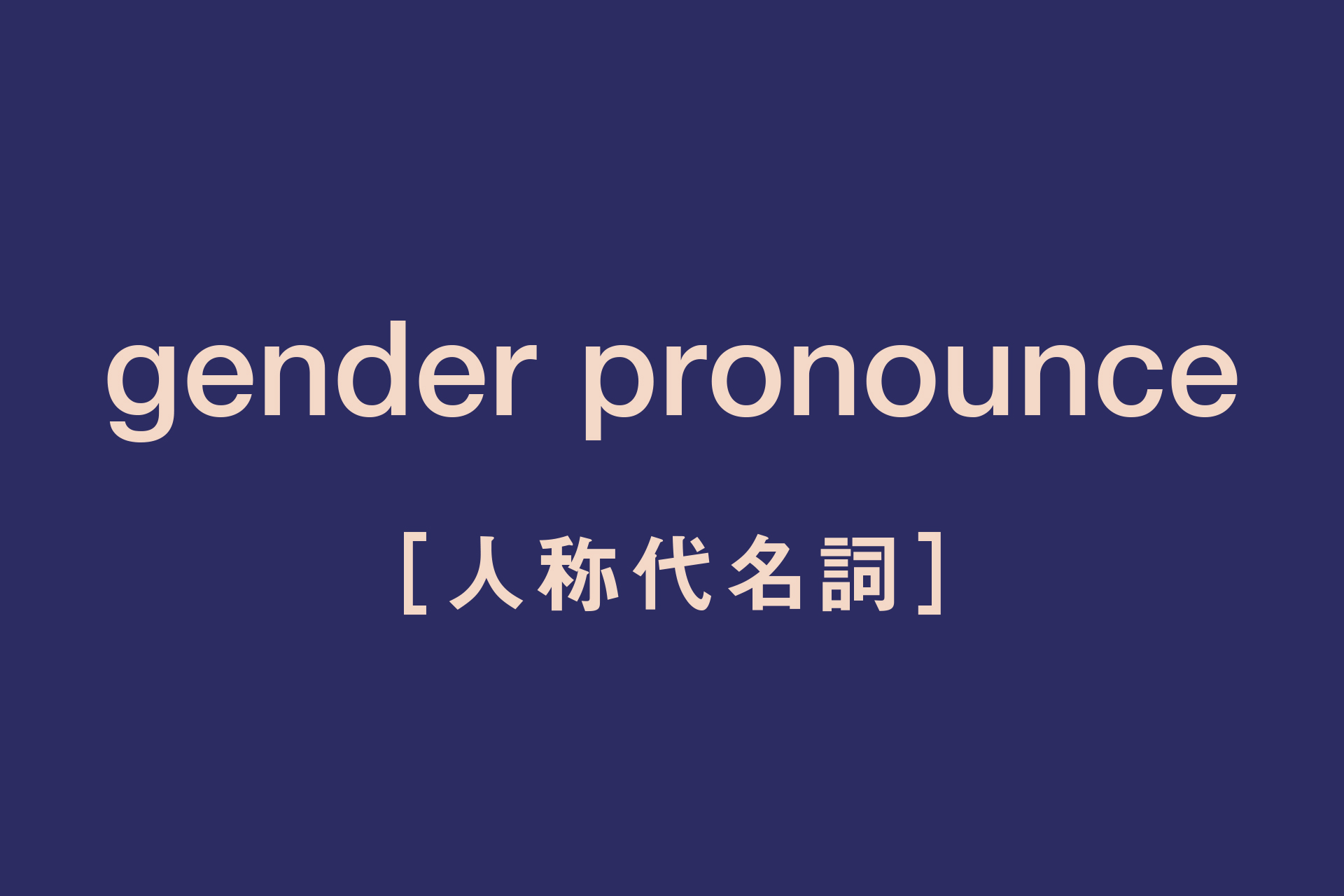When communicating by email with contacts in Los Angeles, we found that some people include gender pronouns such as "(she/her)" or "(they/them)" in their signatures. This type of notation appears to be a natural way to clearly express the writer’s gender identity and ensure that others understand it accurately. For example:
---
NCAR Hanako (she/her)
Curator
National Center for Art Research
Chiyoda-ku, Tokyo, Japan
---
In Japan, regular honorifics (such as sama or san after a name) are not associated with a particular gender, so this way of using personal pronouns was a valuable insight. This practice reflects an awareness of human rights and an active choice not to make assumptions about gender, demonstrating a high level of sensitivity regarding gender identity.
Using the pronouns that someone has shared, as well as including one’s own pronouns in email signatures, can help facilitate smoother and more respectful communication.




